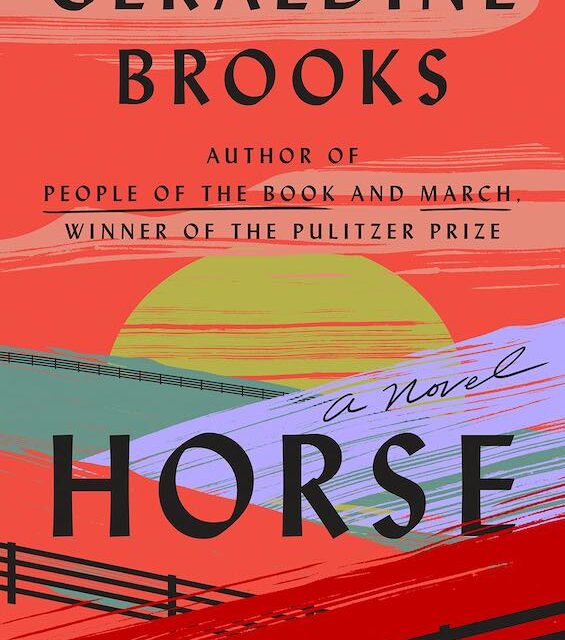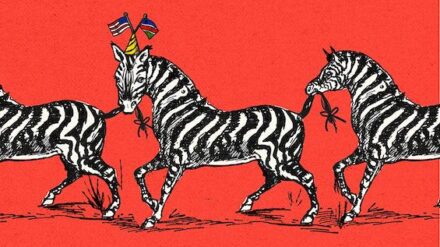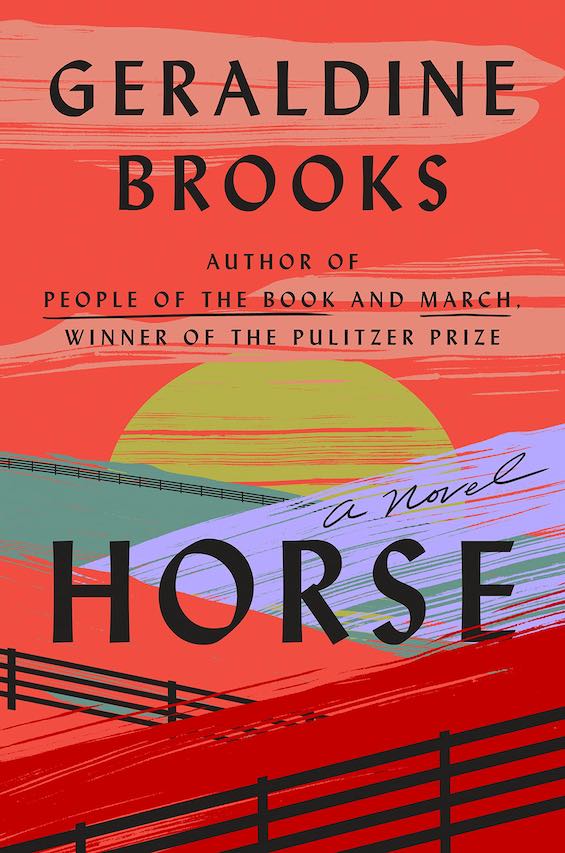
Beginning in 2001, Australian-American historical novelist Geraldine Brooks brought out a new book every three or four years. Her fifth, a novel about the Biblical King David, appeared in 2015. But it was not until seven years later that Brooks’ sixth novel, appeared. (Her husband of 35 years had died in 2019.) It was worth the wait, though. It’s a worthy successor to her Civil War novel, March, which won the Pulitzer Prize for Fiction, and People of the Book, about the interaction of Jews, Muslims, and Christians in the history of southern Europe. Horse is a stunning example of her art. Reflecting her own love of horses, the book celebrates the most famous racehorse of the 19th century. In the process, Brooks brings to light the conflict between North and South in the 1850s and 60s and its legacy in the divisions that still plague American society today.
Estimated reading time: 5 minutes
An extraordinary horse
The novel is aptly titled because a thoroughbred stallion named Lexington ties together the disparate strands of the tale across nearly two centuries. The real-life Lexington (1850-75) won fame for the astounding speed and stamina that enabled him to win six of the seven races he ran. But he won his greatest fame after he was put out to stud. He compiled a record that may not ever have been matched since in America. The sheer number of champion racehorses he sired is astounding. But it is the people around him, and those in the 21st century who learn about him through their academic studies, who are the focus of Brooks’ storytelling skill.
Horse by Geraldine Brooks (2022) 416 pages ★★★★★
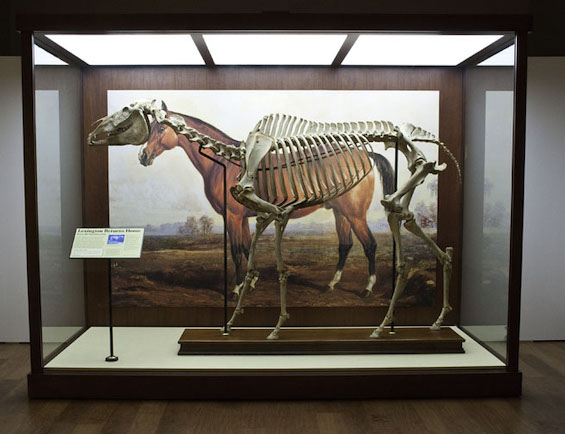
A cast of characters spanning two centuries
First we meet the two people who anchor the story in the 21st century. Theo is a US-born Nigerian-American graduate student in art history at Georgetown University. One day he rescues an old painting of a horse from the trash across the street from his apartment. Meanwhile, Jess, a zoologist who specializes in old bones for the Smithsonian, is on the trail of a horse skeleton in storage in the museum. The two will meet and their investigations converge when they learn that the object of their interest is the same famous 19th-century racehorse, Lexington.
In the 19th century, the cast of characters is headed by “Warfield’s Jarret,” a young Black slave who is the son of Harry Lewis, a freedman who had bought himself out of slavery. Jarrett’s first owner, Dr. Elisha Warfield, and his second, Richard Ten Broeck, figure prominently in the tale, as does the prominent equestrian painter, Thomas J. Scott.
Jarret, Theo, and Jess are all fictional creations. Brooks pulled Dr. Warfield, Ten Broeck, and Scott from the pages of history.
An insightful view of slavery and the Civil War
Today few Americans understand how confused and uncertain was the period in our history from 1850 to 1875—the years when Lexington lived. We tend to think the country neatly divided between those who supported slavery and those who opposed the institution—and that the Civil War confirmed the rigid separation. But of course it was much more complicated than that. Brooks’ portrayal of life in northern Kentucky shows the conflict brewing from county to county and home to home, as families came apart under the strain and those who wished to remain neutral came under increasing pressure to take sides. And her depiction of the experiences of the graduate student, Theo, who is African-American, brings to light all the knee-jerk racism and police violence that so vividly stains the American conscience today.
About the author
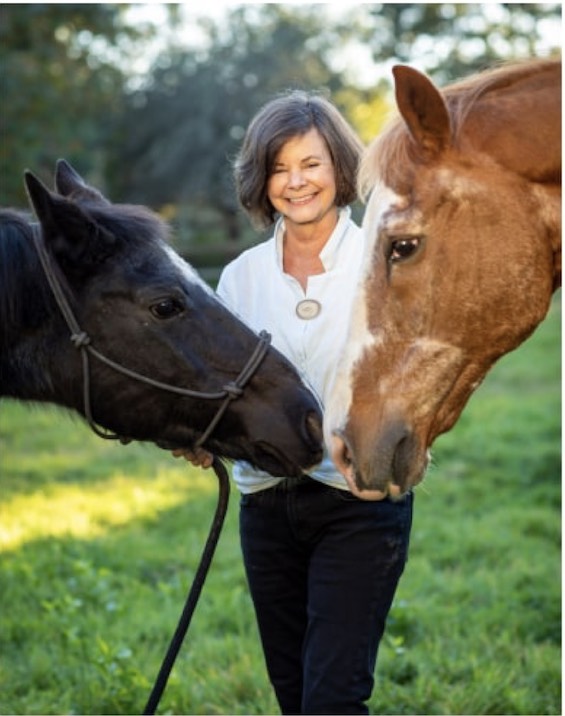
Geraldine Brooks won the Pulitzer Prize for Fiction for her novel March as well as several other awards. Horse is her sixth novel and ninth book. Brooks was born in 1955 and educated in Sydney, Australia, and began a career in journalism with the Sydney Morning Herald. She moved to the United States to obtain a master’s degree from the Columbia University School of Journalism and married Pulitzer Prize-winning American historian and Journalist Tony Horwitz. She worked as a foreign correspondent for The Wall Street Journal, winning major awards in the process. Her husband died in 2019, ending their marriage of 35 years.
For related reading
This is one of The 20 best books of 2022, The best popular fiction of 2022, and the 10 best historical novels set in America.
You’ll find more of the author’s work at The outstanding historical fiction of Geraldine Brooks.
For a mainstream review of this novel, see The historical novel ‘Horse’ sheds light on real-life racism, the review in the Washington Post.
For another superb book that casts light on the history of slavery in the US, see Sweet Taste of Liberty: A True Story of Slavery and Restitution in America by W. Caleb McDaniel (Reparations for slavery—in the 19th century). It won the Pulitzer Prize for History.
You might also be interested in:
- 20 most enlightening historical novels
- Good books about racism
- Top 10 historical mysteries and thrillers
- Top 10 great popular novels
- Top 20 popular books for understanding American history
And you can always find my most popular reviews, and the most recent ones, on the Home Page.

